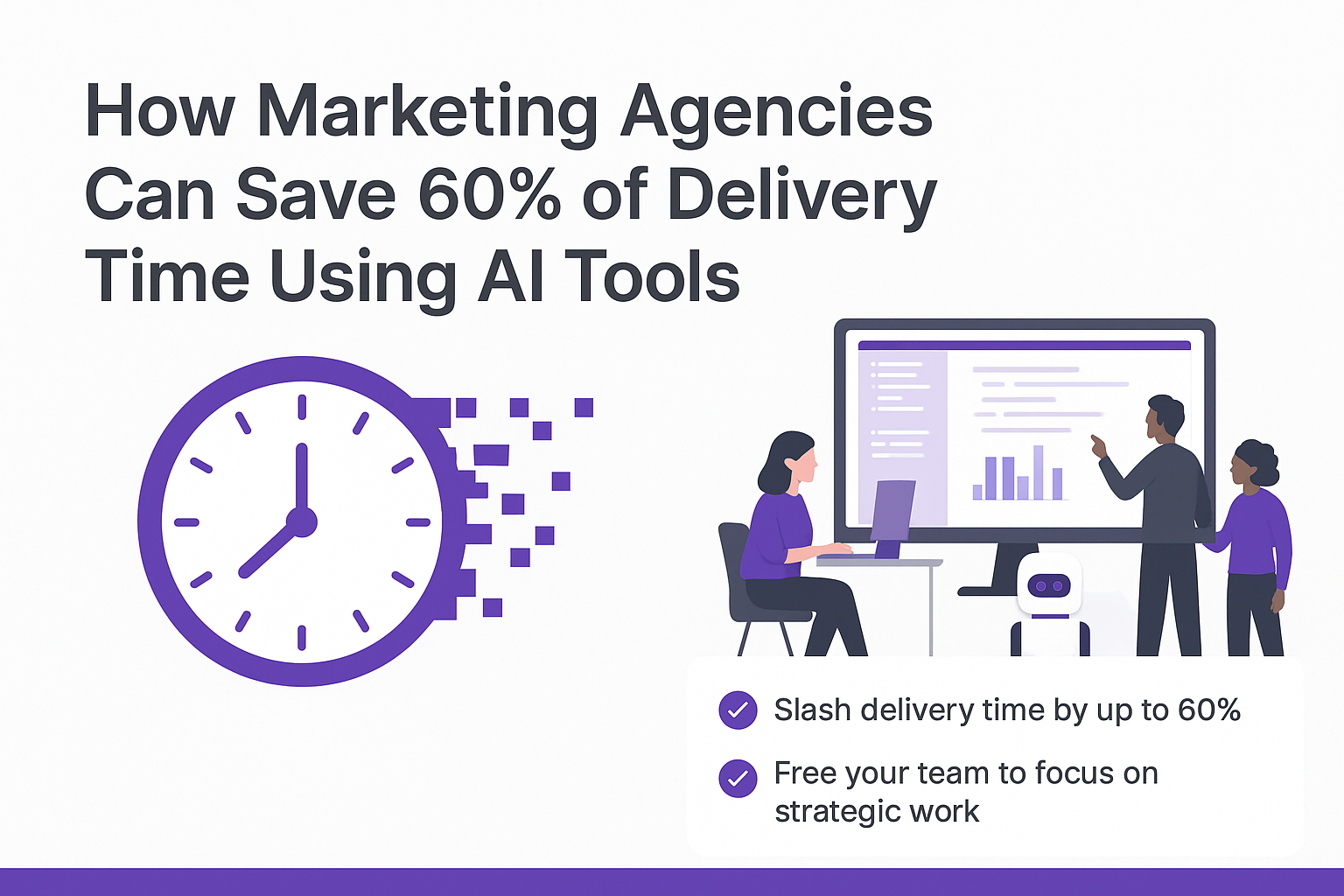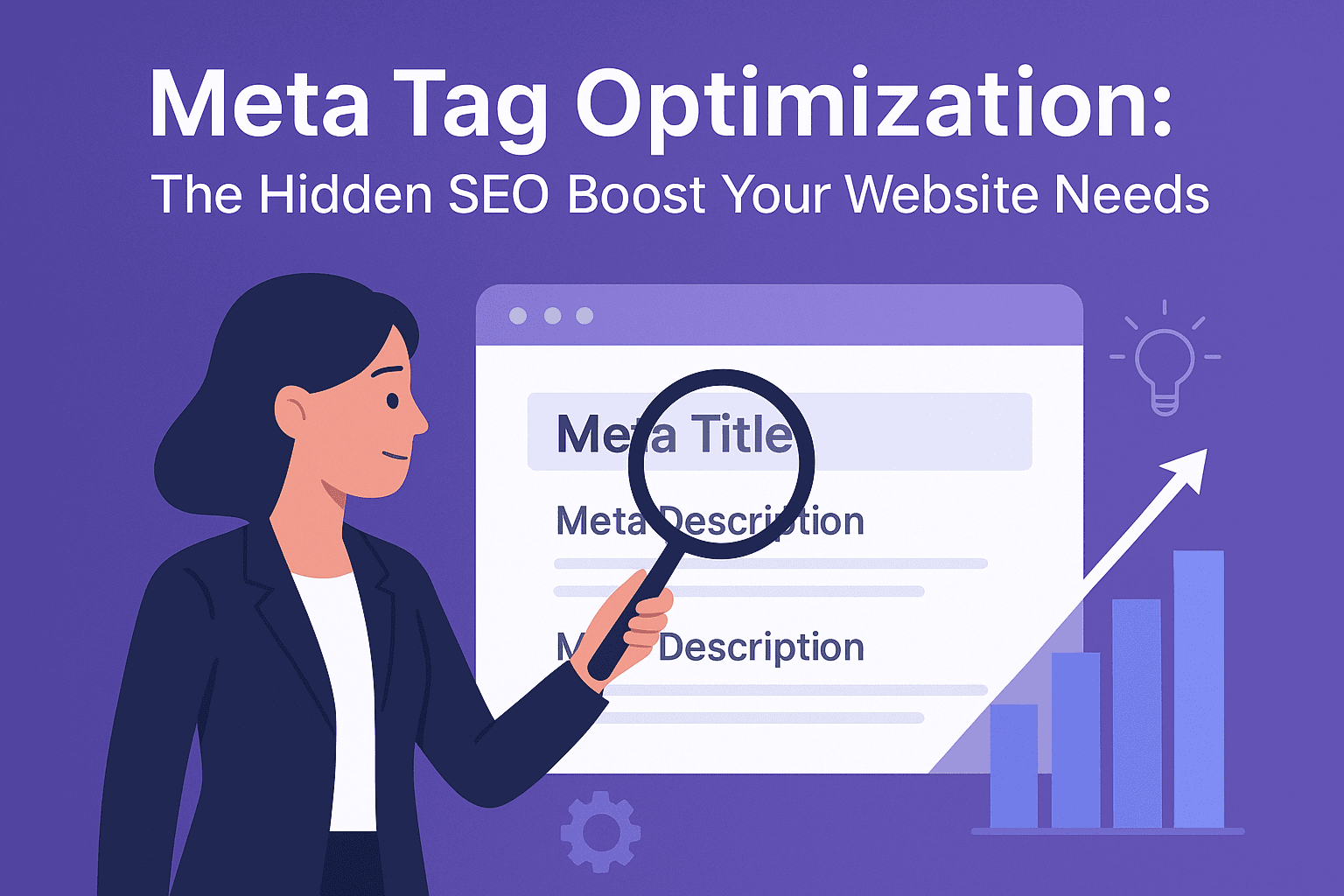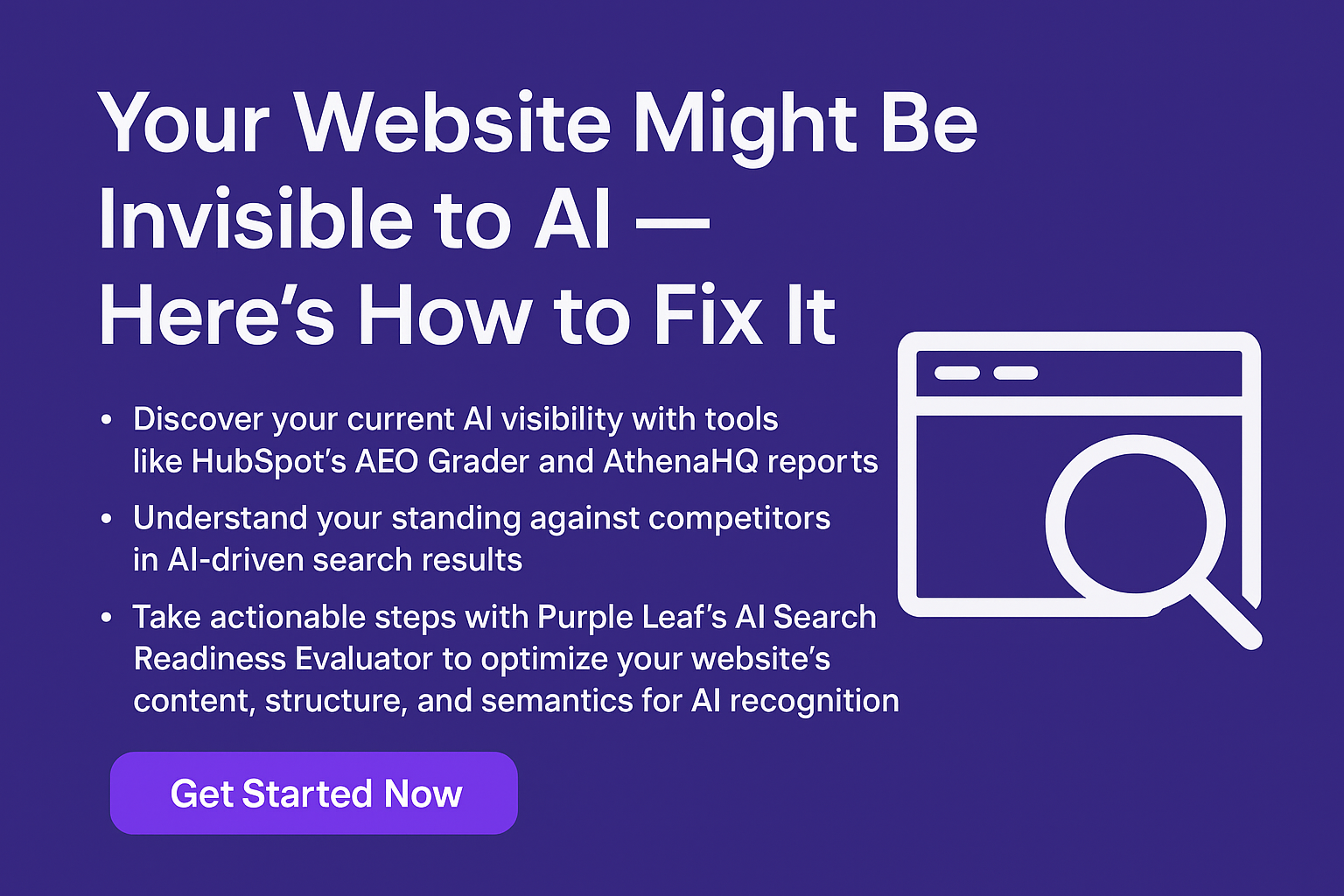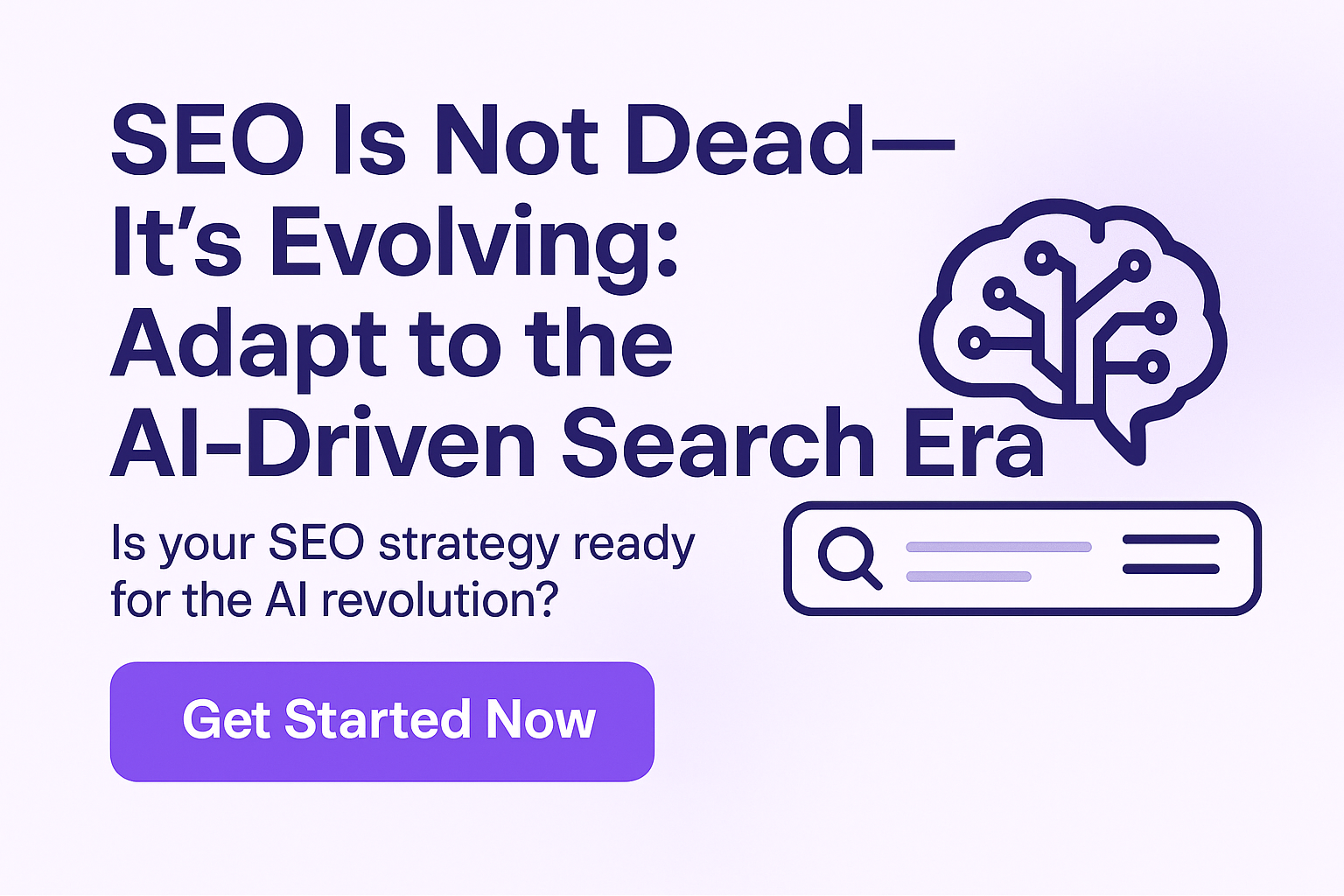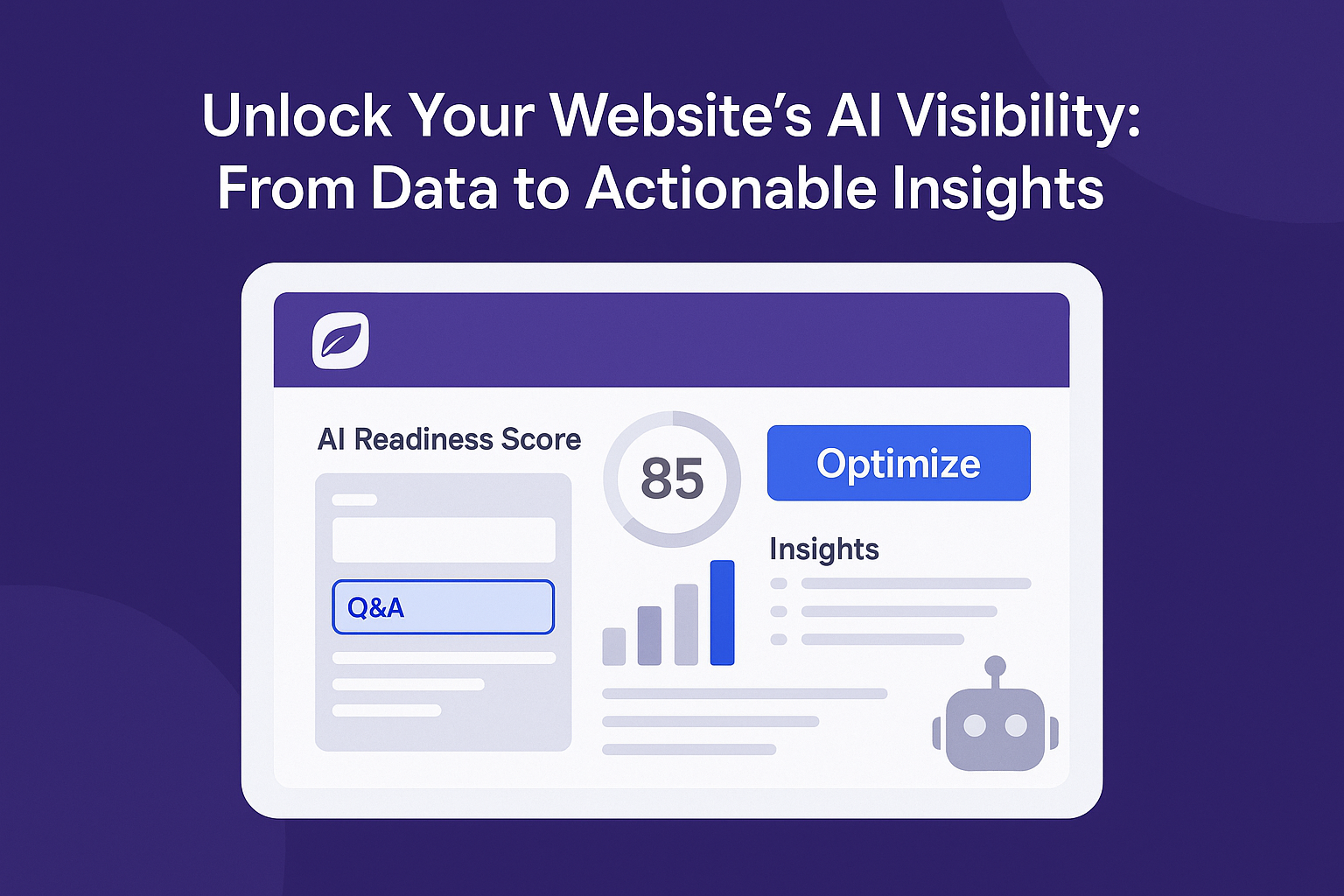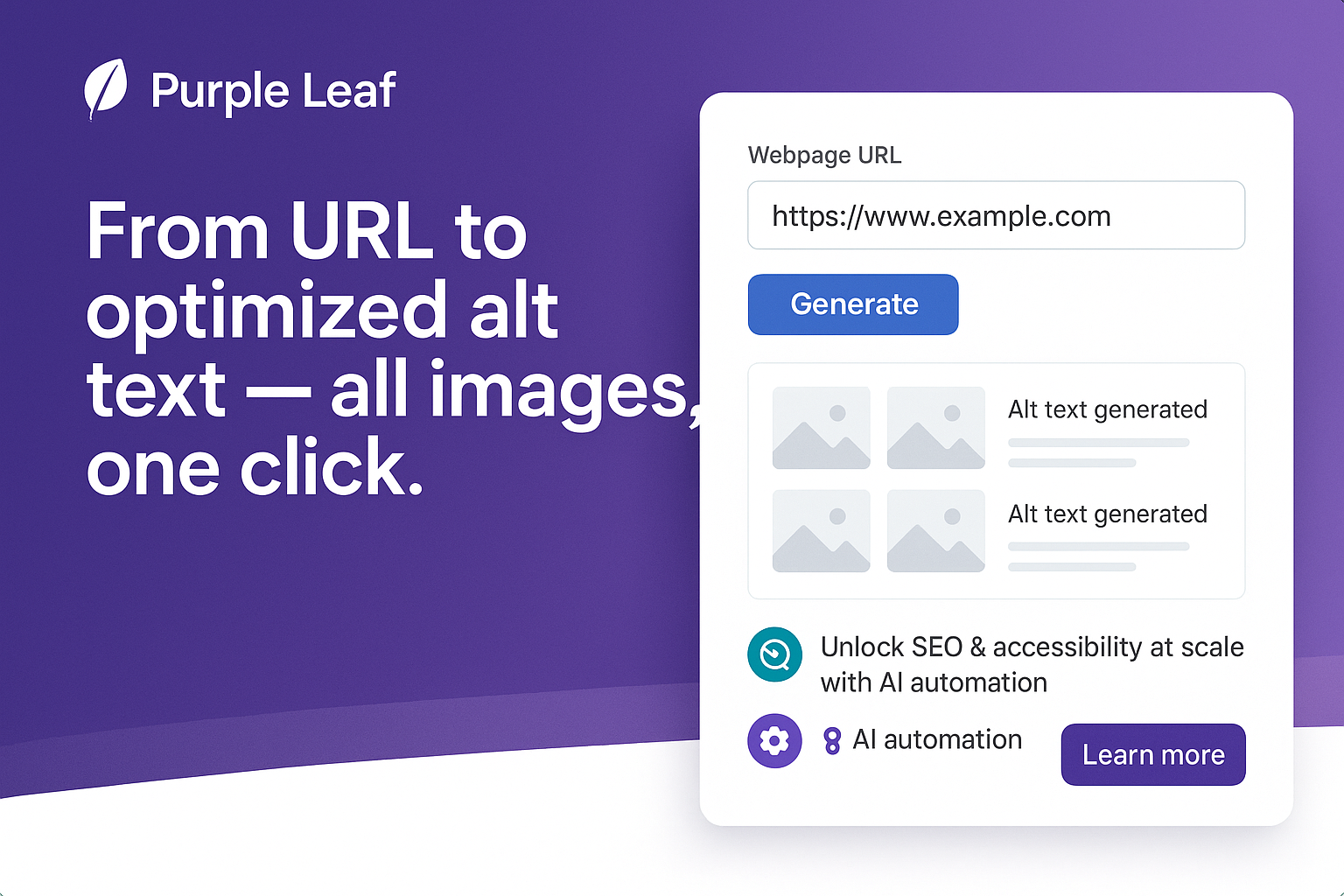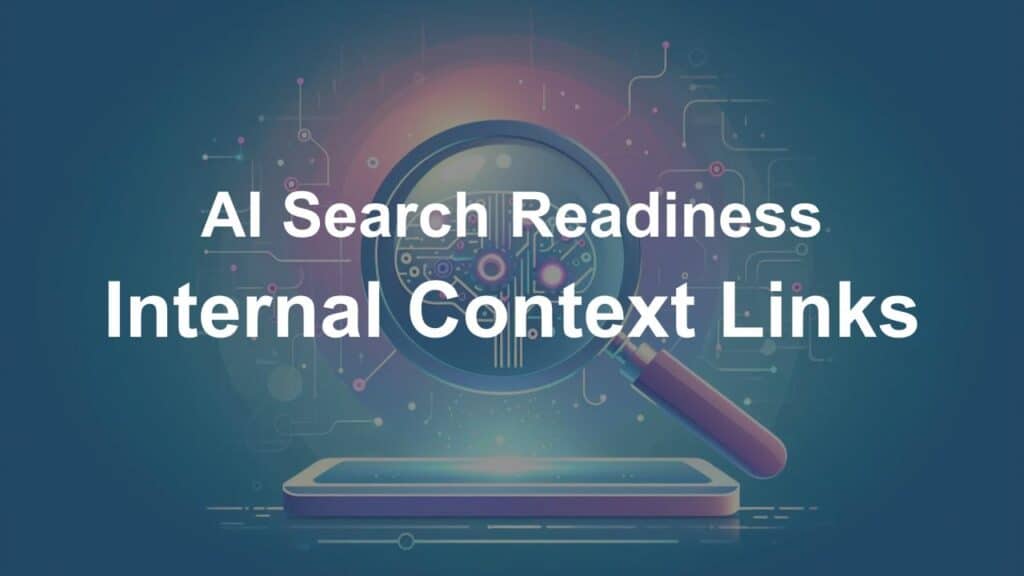
Most businesses obsess over backlinks—chasing guest posts, partnerships, and directory mentions. In our recent post on Organization Identity, we highlighted how establishing clear ownership builds credibility with AI systems and search engines.
But here’s the missed opportunity: the goldmine of authority already sitting inside their own websites. Internal links don’t just pass SEO juice; they teach search engines and AI how your content fits together, shaping the story of your brand.
What Are Internal Context Links?
Internal context links are the hyperlinks you place within the body of your content that connect to other relevant pages on your site. They’re different from navigation or footer links.
- Navigation links are structural—they take users to your About, Services, or Contact pages.
- Contextual links are strategic—they guide readers deeper into related topics.
Example: A blog post on “Email Marketing Basics” linking to “Advanced Automation Strategies” shows Google and AI models how those topics connect.
Why Internal Links Matter for SEO & AI Readiness
- Distribute Authority
Search engines treat internal links like votes of confidence. Linking from high-authority pages to newer or deeper ones spreads ranking signals. - Improve Crawlability
Bots follow links to discover content. Without internal linking, some of your best pages may remain invisible. - Signal Topical Depth
AI-driven engines thrive on context. Internal links create semantic bridges that show how your content pieces fit into a broader theme.
👉 Example: A “Beginner’s Guide” pointing to an “Advanced Guide” signals a knowledge progression.
Common Mistakes to Avoid
- Linking randomly without context.
- Stuffing too many links into one page.
- Using vague anchor text like “click here.”
- Ignoring older, evergreen content that still matters.
Best Practices for Internal Context Links
- Use descriptive anchor text that reflects the target page’s topic.
- Stay contextual—only link where it makes sense for readers.
- Organize by topic clusters, connecting pillar pages with supporting content.
- Update old blogs with links to newer pieces.
- Find balance—too few links limit authority flow, too many confuse users.
AI & the Future of Internal Linking
AI-powered search engines like ChatGPT, Google’s AI Overviews, and Perplexity are not just crawling for keywords—they’re mapping relationships. Well-placed internal links make it easier for AI to connect the dots, summarize accurately, and highlight your brand as a trusted source.
Think of internal links as signposts—they guide not only human visitors but also algorithms trying to understand your expertise.
Conclusion
Internal context links are one of the simplest, most overlooked levers for better SEO and AI visibility. They strengthen authority, improve discoverability, and build a narrative that connects your entire site together.Think of them as conversations between your pages—each one adding depth, clarity, and context to your digital presence. And if you’re ready to see how your website performs in an AI-first world, Purple Leaf’s AI Readiness tool can help you identify gaps, optimize your internal linking, and future-proof your site for the next wave of search.
